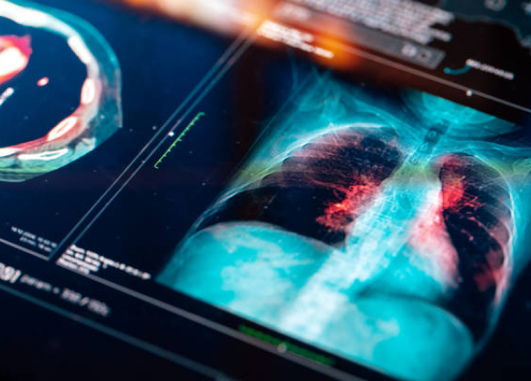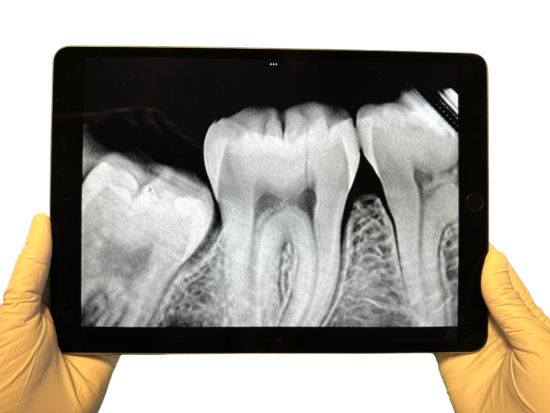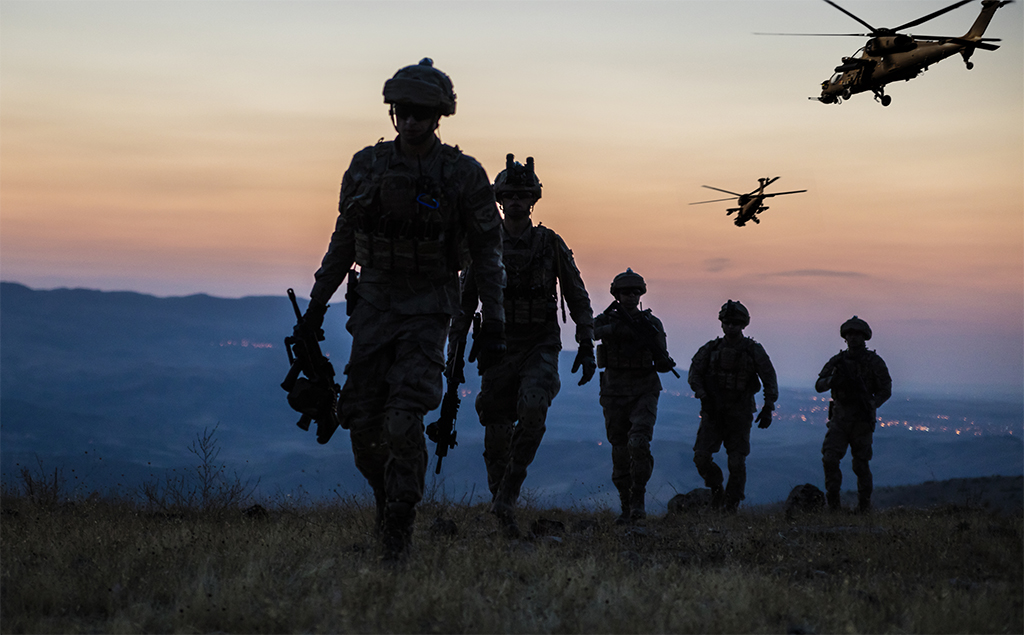Sectors
X-ray imaging systems with multiple focal spots and customized reconstruction software provide more information than standard 2D radiography systems with a single focal spot. A linear array of nanomaterial-enabled X-ray sources in a compact enclosure can provide the views necessary for tomography. With this technology, 3D images can be generated without the large footprint of CT or other moving-source systems. NCX brings the proven stationary tomosynthesis approach together with the latest X-ray detection hardware to customize system design for a variety of markets.

Medical Imaging
Diagnostic quality 3D images without the need for CT.
Since the invention of third-generation CT over 50 years ago, the concept has come to define the gold standard of medical imaging. However, the cost and size of modern CT scanners often prohibits them from being used in smaller clinics outside of the hospital infrastructure. As a result, 2D radiography with a single X-ray projection is typically the go-to modality used for imaging due to its accessibility and affordability. There are numerous instances in which stationary multi-view imaging by NCX brings valuable 3D information in a practical device specialized for a given field.

-
Dentistry: Handheld units with multiple focal spots views produce high resolution dental bitewing images with superior detection of caries, fine cracks, and other lesions over single-source 2D images. Multiple views produce high resolution dental bitewing images with superior detection of caries, fine cracks, and other lesions.
-
Orthopedics: Portable scanning systems make diagnostic quality 3D images more accessible to smaller clinics and urgent care centers outside of the hospital infrastructure.
-
Mammography: A tomosynthesis system with stationary sources is capable of faster scan times than systems with moving sources. Systems with multiple detectors and additional views can eliminate the need for or extremity of compression.
-
Anigography: Short scan times are ideal for imaging of heart, lungs, or otherwise involuntarily moving organs. The stationary nature of the sources also makes them well-suited for dual energy imaging with contrast bolus.
-
Veterinary: 3D imaging can be performed at a fraction of the expense and radiation dose associated with CT. Flexible system geometries can accommodate a wide range of animal sizes.
All of these applications also benefit from the inherent control of dose to the patient. The NCX Multi-Beam Control Unit (MBCU) is developed in-house for optimal control of the CNT field emission. Exposure times from multiple X-ray sources can be controlled over several orders of magnitude with micro-second precision.
Security Imaging
Unique solutions for security inspection in a small footprint.
Leave your laptop in the bag. NCX uses a stationary approach to system design (no moving sources or detectors). The result is a simpler machine with inherently lower maintenance and operating costs. This simplification of system design allows for 3D imaging capability to be brought to the checkpoint. Combined with existing state-of-the-art techniques such as iterative reconstruction, dual-energy detectors, and AI-informed detection, NCX multi-beam X-ray technology provides 3D tomographic image data of personal luggage and packages with high throughput. Systems can be outfitted for automatic detection of explosives inside cluttered bags with a low false alarm rate.
X-rays generated by NCX sources are equally useful for transmission imaging as well as backscatter for applications involving large objects. The compact and customizable nature of the multi-beam X-ray source allows for a modular system design which can meet the requirements for inspection of anything from small parcels to shipping containers. While NCX houses the expertise to develop new systems for specific applications, alternatively existing cargo inspection stations can be retro-fitted with multi-beam X-ray sources. Backscatter imaging is also useful when a detector cannot be placed behind the object, such as in mobile bomb detection units.

Military
Lightweight 3D imaging systems with steadfast durability.
3D X-ray imaging is a critical tool for the armed forces. NCX creates lightweight 3D imaging systems specialized for detecting internal defects in military-grade equipment without need for disassembly. Inspection of artillery and ammunition before deployment is a necessity. High resolution 3D laminography of sealed aircraft wings can detect microfractures can prevent failures before they become critical. Helicopter blades and rotors need routine inspection for rust. NCX customizes multi-view 3D imaging systems for these applications and more.
NCX multi-beam X-ray sources are not only used for transmission-based X-ray imaging. Backscatter imaging is a useful alternative when a detector cannot be placed behind the object. Backscatter solutions engineered by NCX combined with cutting-edge robotics provide enhanced mobile bomb detection for the military as well as domestic police and tactical teams. Nanotechnology-enabled multi-beam X-ray technology allows for 3D imaging without sacrificing portability.

Industrial
Superior quality control tools with low maintenance.
The same X-ray techniques used in medical imaging are frequently used for inspection of products in many industries. For example, CT is typically the modality of choice to examine the interior of sealed, packaged goods. A 3D imaging system designed with CNT multi-beam X-ray sources provides comparable measures of quality control without the cost and footprint of a rotating CT scanner. The stationary nature of the NCX system lends itself well to simultaneous imaging with multiple energies, allowing for identification of materials in the object. Spectral imaging techniques are available through use of switching kV power supplies, spatial filtration, and modern dual-energy detectors. The materials decomposition made available by spectral imaging can be customized for any aspect of food inspection, including but not limited to:

- Detection of glass, plastic, and other foreign objects in bulk crops
- Assessment of fat content in packaged meat
-
Quantification of filling in each pastry
-
Detection of smashed, misshapen, or otherwise defective food
NCX systems can also be used to inspect large, flat objects that do not fit within the bore of CT scanners:
- Airplane wings
- Concrete foundation
- Steel substructure
- Bridges
- Pilings
- Sheet materials